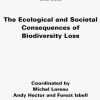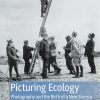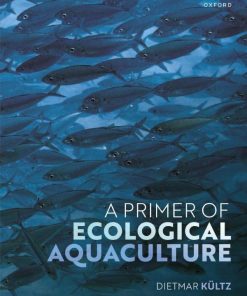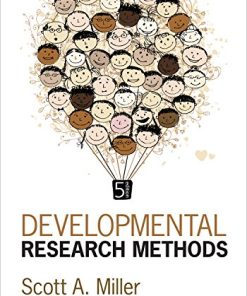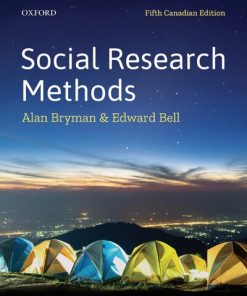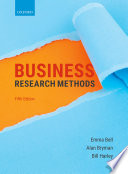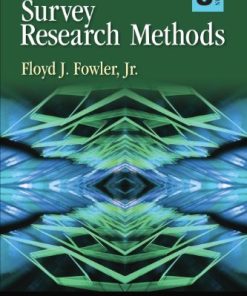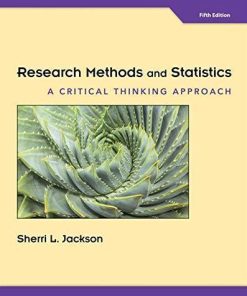Southwood’s Ecological Methods 5th Edition
$50.00 Original price was: $50.00.$25.00Current price is: $25.00.
Southwood’s Ecological Methods 5th Edition – Ebook Instant Download/Delivery ISBN(s): 9780198862284,9780198862277,9780192607034,0198862288,019886227X,0192607030
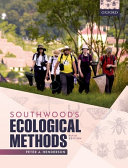
Product details:
- ISBN-10: 0192607030
- ISBN-13: 9780192607034
- Author: Peter A. Henderson
Ecological Methods by the late T.R. E. Southwood and revised over the years by P. A. Henderson has developed into a classic reference work for the field biologist. It provides a handbook of ecological methods and analytical techniques pertinent to the study of animals, with an emphasis on non-microscopic animals in both terrestrial and aquatic environments. It remains unique in the breadth of the methods presented and in the depth of the literature cited, stretching right back to the earliest days of ecological research. The universal availability of R as an open source package has radically changed the way ecologists analyse their data. In response, Southwood’s classic text has been thoroughly revised to be more relevant and useful to a new generation of ecologists, making the vast resource of R packages more readily available to the wider ecological community. By focusing on the use of R for data analysis, supported by worked examples, the book is now more accessible than previous editions to students requiring support and ideas for their projects. Southwood’s Ecological Methods provides a crucial resource for both graduate students and research scientists in applied ecology, wildlife ecology, fisheries, agriculture, conservation biology, and habitat ecology. It will also be useful to the many professional ecologists, wildlife biologists, conservation biologists and practitioners requiring an authoritative overview of ecological methodology.
Table contents:
Chapter 1: Introduction to the Study of Animals
Chapter 2: The Sampling Programme and the Measurement and Description of Dispersion
Chapter 3: Absolute Population Estimates Using Capture–Recapture Experiments
Chapter 4: Absolute Population Estimates by Sampling a Unit of Habitat: Air, Plants, Plant Products,
Chapter 5: Absolute Population Estimates by Sampling a Unit of Aquatic Habitat
Chapter 6: Absolute Population Estimates by Sampling a Unit of Soil or Litter Habitat: Extraction Te
Chapter 7: Relative Methods of Population Measurement and the Derivation of Absolute Estimates
Chapter 8: Estimates of Species Richness and Population Size Based on Signs, Products, and Effects
Chapter 9: Wildlife Population Estimates by Census and Distance Measuring Techniques
Chapter 10: Observational and Experimental Methods to Estimate Natality, Mortality, Movement, and Di
Chapter 11: The Construction, Description, and Analysis of Age-Specific Life-Tables
Chapter 12: Age-Grouping Time-Specific Life-Tables and Predictive Population Models
Chapter 13: Species Richness, Diversity, and Packing
Chapter 14: Estimation of Productivity and the Construction of Energy Budgets
Chapter 15: Techniques for the Study of Long-Term Dynamics: Analyzing Time Series
Chapter 16: Studies at Large Spatial Scales, Citizen Science, and the Classification of Habitats
People also search:
southwoods ecological methods
what are ecological resources
nature reviews ecology
what are ecological parameters
south carolina ecological services field office
You may also like…
Housekeeping & Leisure - Interior Design & Decoration
Mathematics
Biology and other natural sciences - Ecology
A Primer of Ecological Aquaculture 1st edition by Dietmar Kültz 0192590831 9780192590831
Social Science
Politics & Philosophy - Social Sciences
Biography & Autobiography - Business & Finance
Jurisprudence & Law Computers - Computer Business & Culture
Uncategorized
Survey Research Methods (Applied Social Research Methods Book 1) 5th Edition, (Ebook PDF)


